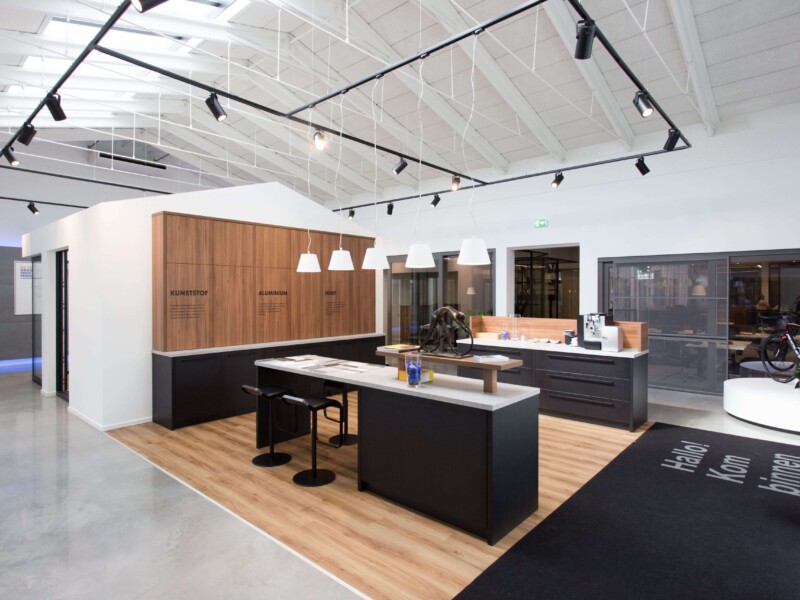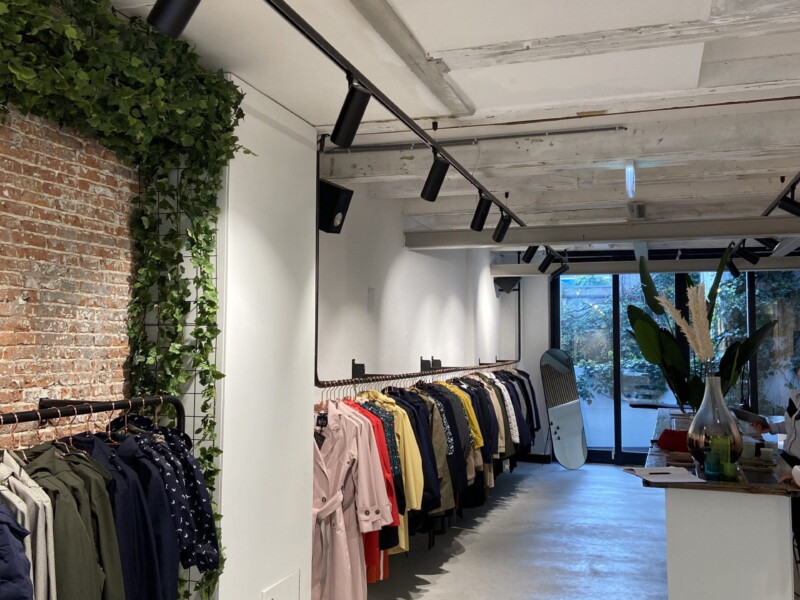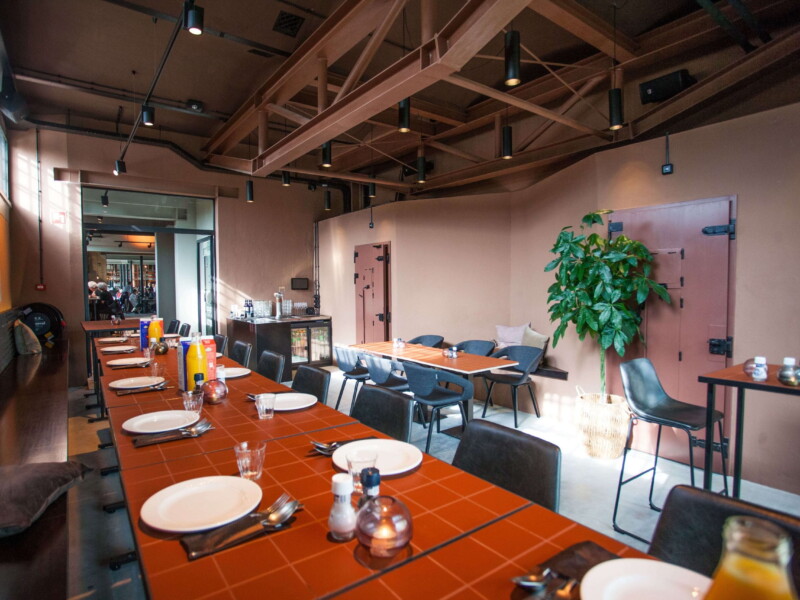 Free UK Delivery On Orders Over £500*
Free UK Delivery On Orders Over £500*
 Free UK Delivery On Orders Over £500*
Free UK Delivery On Orders Over £500*
 Secure Ordering
Secure Ordering
 Up To 5 Year Warranty
Up To 5 Year Warranty
 5* Service & Support
5* Service & Support
What is Lux?
Lux is commonly used to measure the intensity of light in a specific area or space, such as an office or a shop. It is especially useful for comparing the brightness of different light sources or for determining the appropriate level of lighting for a particular space or task.
To give you an idea of what different lux levels look like in practice, here are some examples:
- Moonlight on a clear night: 1-2 lux
- Office lighting: 300-500 lux
- Bright sunlight: 100,000-1,000,000 lux
As you can see, the lux level can vary significantly depending on the light source and the environment. In general, higher lux levels are suitable for tasks that require precise or detailed work, while lower lux levels may be more appropriate for tasks that do not require as much precision or for spaces where people will be relaxing or resting.

What Lux level should the lighting in my office be?
The appropriate lux level for lighting in an office will depend on the specific tasks being performed and the preferences of the people working in the space. As a general rule, office lighting should provide an average illumination level of around 300-500 lux. However, some tasks may require higher or lower levels of lighting. For example, tasks that require fine detail work may benefit from brighter lighting, while tasks that require less precision may be able to get by with lower levels of lighting.
It’s also important to note that the lux level may vary throughout the office, depending on the location and layout of the space. For example, areas that are farther from windows or other sources of natural light may require higher levels of artificial lighting to achieve an appropriate lux level. Have a read of our Office Lighting Guide for more information.
In general, it’s a good idea to use a combination of natural and artificial light to create a comfortable and well-lit environment for office work. You may also want to consider using task lighting to provide additional illumination for specific areas or tasks as needed. Overall, the key is to find a balance that provides sufficient lighting while minimising glare and eye strain.

What Lux level should the lighting in my shop be?
The appropriate lux level for lighting in a shop will depend on the specific tasks being performed and the preferences of the people working in the space. As a general rule, shop lighting should provide an average illumination level of around 500-750 lux. However, some tasks may require higher or lower levels of lighting. For example, tasks that require fine detail work may benefit from brighter lighting, while tasks that require less precision may be able to get by with lower levels of lighting.
It’s also important to note that the lux level may vary throughout the shop, depending on the location and layout of the space. For example, areas that are farther from windows or other sources of natural light may require higher levels of artificial lighting to achieve an appropriate lux level.
In general, it’s a good idea to use a combination of natural and artificial light to create a comfortable and well-lit environment for work in a shop. You may also want to consider using task lighting to provide additional illumination for specific areas or tasks as needed. Overall, the key is to find a balance that provides sufficient lighting while minimising glare and eye strain. Have a read of our Shop Lighting Guide for more information.

What Lux level should the lighting in my restaurant be?
- Use a combination of natural and artificial light. Natural light can help create a welcoming and relaxing atmosphere, especially during the day. At night, use artificial lighting to create a warm and inviting ambiance.
- Consider the layout and design of the restaurant. Different areas of the restaurant may require different levels of lighting. For example, the dining area may benefit from lower levels of lighting to create a more intimate and cozy atmosphere, while the kitchen may require brighter lighting for safety and efficiency.
- Use task lighting as needed. In addition to general lighting, you may want to use task lighting to provide additional illumination for specific areas or tasks.
- Avoid shadows. Shadows can make it difficult to see what you’re working on, so try to position lighting to minimise shadows.
- Consider the color temperature of the lighting. Cooler colours (e.g., blue or white) may be more suitable for tasks that require fine detail work, while warmer colours (e.g., yellow or orange) may be more relaxing and suitable for areas where people will be relaxing or resting.
- Use diffusers to reduce glare. If you’re using fluorescent lighting, consider using diffusers to reduce glare and improve visibility.
As for the specific lux level, a range of 100-300 lux is generally considered appropriate for dining areas, while the kitchen may require a higher level of around 500-750 lux. However, the exact lux level will depend on the specific needs and design of your restaurant.
